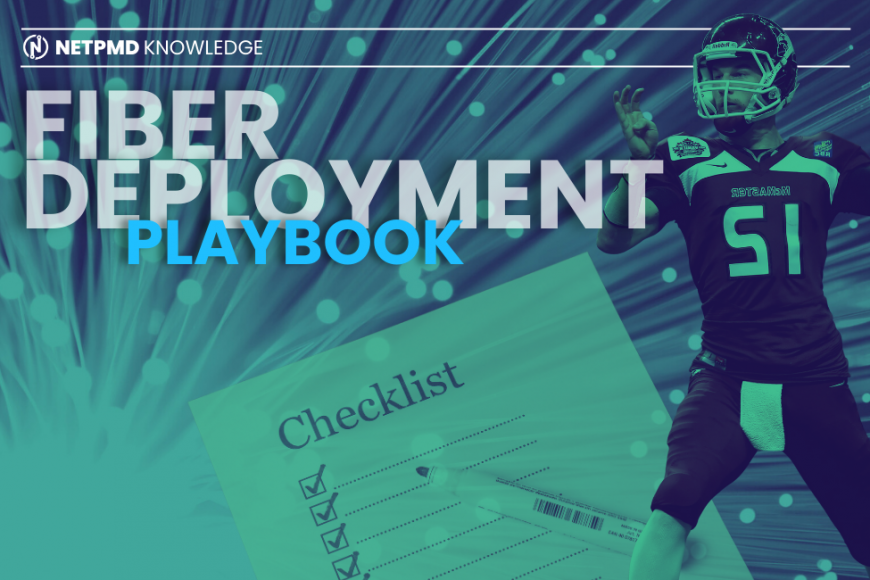The Fiber Deployment Playbook: Budgeting, Stakeholders, and Risk Management
Deploying a fiber optic network is like orchestrating a grand symphony. It requires meticulous planning, precise execution, and a touch of finesse to ensure everything comes together harmoniously. In this blog, we’ll dive into three key movements of this symphony: budgeting and cost management, stakeholder management, and risk management. So, grab your conductor’s baton, and let’s get started!
Budgeting and Cost Management – The Financial Overture
Let’s face it, managing the budget for a fiber optic deployment can feel like trying to keep a lid on a pot of boiling water. Costs can bubble up unexpectedly, but with the right strategies, you can keep things under control.
- Start with a Solid Estimate: Begin with a detailed cost estimation. Break down the project into smaller components—materials, labor, permits, equipment—and estimate costs for each. Don’t forget to include a contingency fund for those inevitable surprises.
- Track Every Penny: Implement robust financial tracking tools to monitor expenses in real time. This helps you stay on top of spending and quickly identify any deviations from the budget.
- Optimize Procurement: Negotiate with suppliers for bulk discounts and long-term contracts. Sometimes, buying in bulk or securing a long-term deal can save significant amounts of money.
- Regular Reviews: Schedule regular budget reviews to assess spending against projections. This allows you to make adjustments before small issues become big problems.
Resource: Future-Proofing Fiber Networks: Designing for Scalability and Growth
Resource: BEAD Funding, everything we currently know
Stakeholder Management – The Harmony of Collaboration
Engaging stakeholders is like conducting an orchestra—each player has their part, and when everyone works together, the result is beautiful music.
- Identify Key Players: Start by identifying all stakeholders—internal teams, external partners, local authorities, and the community. Each group has its own interests and concerns that need to be addressed.
- Clear Communication: Establish clear communication channels from the get-go. Regular updates, meetings, and transparent reporting help keep everyone informed and aligned.
- Set Expectations: Clearly define roles, responsibilities, and expectations for each stakeholder. This helps prevent misunderstandings and ensures everyone knows what’s expected of them.
- Foster Relationships: Build strong relationships with stakeholders through regular engagement and collaboration. Listen to their concerns and feedback—it’s often the key to finding mutually beneficial solutions.
Resource: Meet Our Leadership Team: Pioneers of Excellence
Risk Management – The Safety Net
Every great performance needs a safety net—risk management is yours in the world of fiber optic deployment.
- Identify Risks Early: Conduct a thorough risk assessment at the start of the project. Identify potential risks such as supply chain disruptions, regulatory changes, or technical challenges.
- Develop Mitigation Strategies: For each identified risk, develop mitigation strategies. This could include having backup suppliers, creating contingency plans for delays, or investing in additional training for technical staff.
- Monitor Continuously: Implement continuous monitoring to detect early signs of potential issues. Regular risk assessments throughout the project help you stay ahead of problems.
- Be Ready to Adapt: Flexibility is key in risk management. Be prepared to adapt your plans as new risks emerge or existing ones evolve.
The Grand Finale
Deploying a fiber optic network is no small feat—it’s a complex dance of budgeting acumen, stakeholder diplomacy, and risk management prowess. But with careful planning and execution, you can conduct this symphony with finesse.
Remember, it’s not just about laying down cables; it’s about creating a resilient infrastructure that will support our digital future. So next time you’re knee-deep in spreadsheets or negotiating with stakeholders, take a moment to appreciate the bigger picture—you’re building something truly transformative.
Having a dedicated program manager for your fiber optic deployment brings numerous benefits. They ensure meticulous planning and execution, keeping the project on track and within budget. With their expertise, they can anticipate and mitigate risks, handle complex logistics, and coordinate between various stakeholders, ensuring clear communication and alignment. This leads to a smoother deployment process, minimizing disruptions and delays.
Ultimately, a program manager helps deliver a high-quality, reliable fiber network that meets your needs and supports future growth, all while reducing the stress and complexity of managing the project yourself. What’s not to love about that?
Get in touch with the NetPMD team today to learn more about how we can help accelerate your program’s time to live service.




